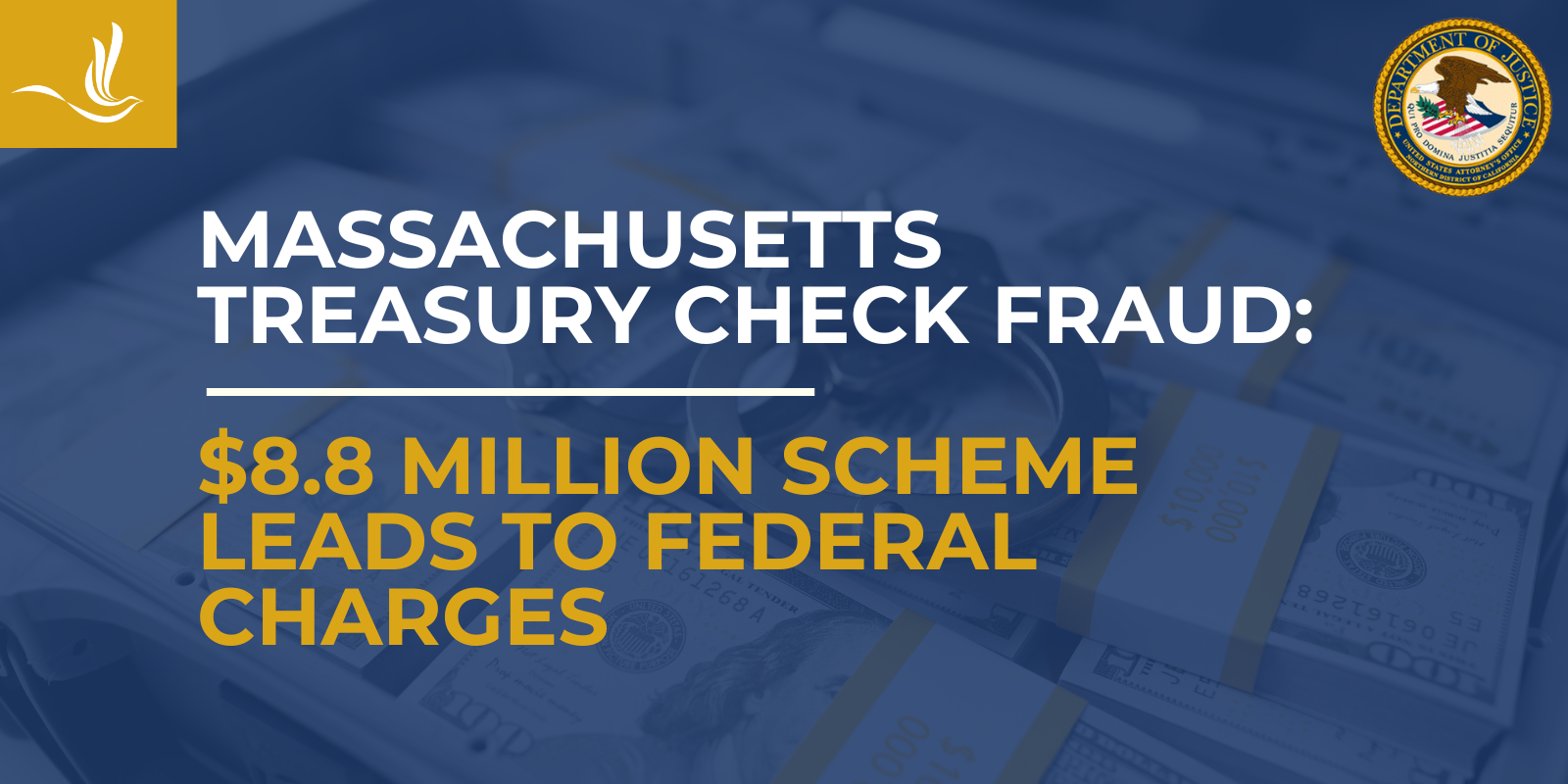A popular rule in retirement planning isn’t reliable, a new paper indicates — and even the rule’s originator says it’s oversimplified.
The 4% rule says that if a retiree withdraws 4% of their portfolio in the first year of retirement and then sticks with that withdrawal rate (adjusting annually for inflation), their savings should last for about 30 years. In a new paper, Edward McQuarrie, a professor emeritus at the Leavey School of Business at Santa Clara University, argues that fixed-rate withdrawal strategies — like the 4% rule — are fundamentally flawed for retirement planning.
McQuarrie reached that conclusion by running various withdrawal rates and asset allocation strategies against different periods of market returns, finding that “any substantial withdrawal rate that can be supported on one set of historical data can be shown instead to fail, if small reductions in return are made to the record, or small increases in inflation added,” he wrote in his paper.
In the decades since now-retired financial advisor Bill Bengen published the research that spawned his 4% rule, researchers and planners have worked around instances where the rate fails by adjusting the percentage downward. According to McQuarrie, that misses the point entirely.
“Some early literature was content with saying, ‘Well, 4% didn’t work. Let’s try 3.5%. Oh, well, I guess it has to be 3%.’ And my argument is that, because sustained withdrawals are subject to a tipping point effect, you can gear back down to 3.5% or 3%, sure, and then that’ll work in the particular dataset that you have at hand that 4% did not work in,” McQuarrie said in an interview. “But history only has to change just a little bit for 3.5% to fail, or 3% to fail. And so now, of course, you can keep driving it down. It’s very difficult for 2% to fail over 30 years, but what that means practically is you’re the richest guy in the graveyard.”
READ MORE: Active bond managers tout after-tax returns amid stocks’ tariff tumble
A retirement withdrawal rate low enough to work even in the worst historical cases will likely leave the client with much less income than they could have safely enjoyed in nearly every other scenario, McQuarrie said. The real issue isn’t the 4% rate itself — that’s just a common rule of thumb. The problem is sticking to that fixed rate no matter what happens over the decades.
A “dramatic oversimplification”
Bengen himself would seem to agree.
In an interview last year with Financial Planning, Bengen called the 4% rule a “very dramatic oversimplification” of his research. Despite its continued popularity among many financial advisors, Bengen said that the 4% rule is by no means an immutable guideline for retirement planning.
“If I was sitting down with a client, I wouldn’t be pulling out this ‘golden rule’ and saying that God has handed this down to us, now this is it, the 4% rule is used,” Bengen said. “We’d be asking them questions about ‘How much money do you want to leave to heirs? What kind of accounts are you drawing money from? How do you feel comfortable about having this much in stocks in your portfolio? How often do you want to rebalance?’ [There are] a lot of different questions we would want to answer, and when those are all answered, then we come up with something we can start with. But it’s easy to put the cart before the horse. That’s the danger of the 4% rule.”
The simplicity of the 4% rule is a major driver behind its continued use, McQuarrie said. But, for more sophisticated researchers in the field, it’s clear that the 4% rule is ineffective as a retirement planning guide, he said.
READ MORE: Crafting the perfect retirement portfolio: A financial advisor’s dilemma
“If you’re a financial planner who writes for the Financial Analyst Journal, the Journal of Financial Planning, etc., you long ago abandoned the 4% rule,” McQuarrie said. “You long ago sought enough data that told you, you know, it’s got to be a flexible system.”
Beyond the 4% rule
For financial advisors looking to move past the 4% rule to find a safe withdrawal strategy, McQuarrie points to a few promising possibilities.
First, McQuarrie suggests creating more flexibility in withdrawal rates over the entirety of a client’s retirement.
“Withdrawal rates applied against risk portfolios are so sensitive to tipping points, even a little flexibility can go a long way toward sustaining withdrawals — skipping or temporarily reducing withdrawals when conditions are bad, or stockpiling extra withdrawals when conditions are good,” he wrote.
For retirees who aren’t as comfortable with flexible withdrawal rates, there are two other unique strategies that McQuarrie highlights in his research: life annuities and TIPS (Treasury inflation-protected securities) ladders.
READ MORE: Don’t place a bond ladder on shaky tax ground
“Annuitization may provide an initial payout rate twice as high as the 4% rule, and this rate is guaranteed to be sustained for life,” McQuarrie wrote. “The weak point of the annuity solution, as currently available in the U.S., is inflation: only the nominal payment is guaranteed. There is also no legacy potential with a life annuity: payments stop at death, however soon that occurs, and have no residual value.”
If annuities aren’t an appealing option, then a TIPS ladder could be a good solution for some retirees.
“When TIPS yields are favorable — as they were in 2022 and 2023 but were not in 2020 and 2021 — a ladder can be constructed from individual TIPS maturing year by year that will sustain a substantial real withdrawal rate for 30 years,” he wrote. “TIPS yields won’t always be high, and thirty years may not be long enough for younger clients. But when yields are strong, and the desired time span is thirty years or less, the TIPS ladder provides an all-purpose benchmark against which other withdrawal systems can be assessed.”




























